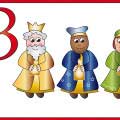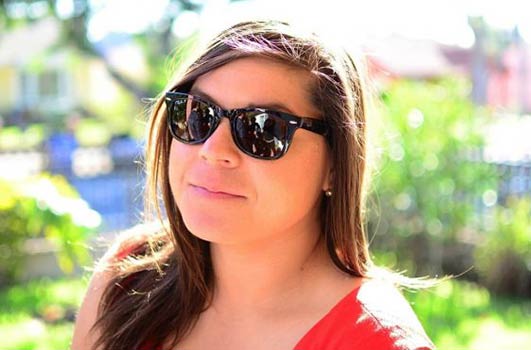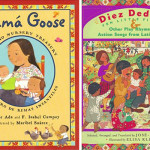
When I was 5 years old, I had a friend named Manuel Rodriguez. I was a shy kid and Manuel was naturally outgoing and friendly. He took me under his wing and helped me to adjust to the scary world of kindergarten.
One thing that intrigued me about Manuel was the way he talked. At school, he talked one way, but when his mother picked him up, he spoke in a strange language. As an African-American child, I was only familiar with people speaking English.
One day I asked Manuel about his language and he explained that he was speaking Spanish. At the time, I couldn’t have understood the benefits of learning Spanish, but I insisted at once that he teach me to speak it. He obliged and taught me a few words during class.
Apparently, learning Spanish in the mid-1970s was a big no-no. Our kindergarten teacher immediately reprimanded both of us and warned us to never speak Spanish in class again. She also called my mother to let her know how I was misbehaving in class. I thought I’d be in big trouble when my mother got home from work, but she was very understanding.
“What words did you learn?” she asked. I told her that Manuel had taught me how to count to 10 in Spanish and how to say hello and good-bye.
“Good for you,” she said. “Keep learning. Knowing Spanish will be valuable in Texas.” My mother was right. Knowing Spanish has been valuable, but not only in Texas. With the Hispanic population growing across the US, Spanish is becoming more prominent. Learning basic Spanish phrases is a wise investment of time for all non-native speakers. My Spanish skills have increased my ability to communicate with other people, and they have also enhanced my personal and career life.
Read Related: 7 Easy Tips for Teaching Your Child Spanish
When I worked in construction, the majority of my employees spoke Spanish. Because of the hazards associated with construction, I often delivered work instructions in Spanish to ensure that the employees completed the work without getting hurt. The employees would show their gratitude by saying, Gracias, Jefe. That small gesture helped me to earn their trust and respect. As an intended consequence, the employees were safer, more productive, and happier.
Once while in Puerto Vallarta, Mexico, I decided to speak Spanish exclusively. This turned out to be more difficult than I expected because most of the people I encountered wanted to practice their English skills. I managed to engage a cab driver in a discussion about Mexico’s political climate. He was so pleased that I attempted to speak his native tongue that he offered me a free cab ride. I declined his offer and expressed my gratitude to him for allowing me to practice my speaking skills.
I will continue to work on my Spanish, not only for myself, but also to encourage my children to be bilingual.
When the kids were young, I read them books about other cultures to give them a broad view of the world. Their favorite book was What is Your Language? a book that taught them how to say “hello” in various languages. That book has helped them to relate to their friends who speak a variety of languages: Spanish, Hindi, Arabic, Chinese, Vietnamese, Korean, and various African dialects.
My five-year old son is currently taking Spanish classes at his pre-school. He is always so excited to tell us about the new Spanish words he has learned. The best part about it is that he doesn’t get in trouble because of his desire to learn a new language.
[Mamiverse’s Bilingual Plus is an online channel devoted to bringing parents and educators the bilingual learning tools they need in the form of digital picture books, sing-alongs, and free curriculum-based family activities.]













I agree – learning Spanish is fantastic! I’ll be teaching a college-level Spanish course for free starting this January. All are welcome to attend! It’s SpanishMooc.com.